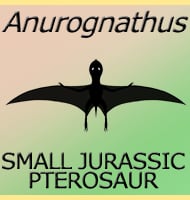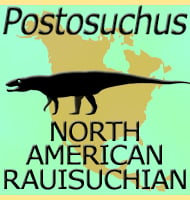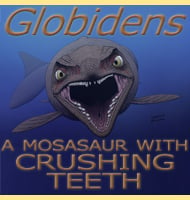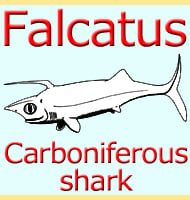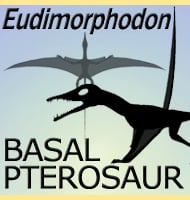In Depth
Iranotherium was a genus of rhinoceros that was once fairly widespread across central Asia. Individuals of Iranotherium were between three and four meters long, though as with other known kinds of rhinoceroses, the males would have been larger than females. The largest males could approach sizes up to four meters long. The disappearance of Iranotherium coincides with the rise of the genus Sinotherium, indicating that Sinotherium may have evolved from Iranotherium, and/or outcompeted the earlier genus. The Sinotherium genus is believed to eventually give rise to the better known Elasmotherium.
Further Reading
– New discovery of Iranotherium morgani (Perissodactyla, Rhinocerotidae) from the late Miocene of the Linxia Basin in Gansu, China, and its sexual dimorphism. – Journal of vertebrate Paleontology, 25(2), 442–450. – T. Deng – 2005. - Neogene Rhinoceroses of the Lingxia Basin (Gansu, China) Cour. - Tado Deng - 2006.

